Irregular or Premature Wear
Irregular or premature tire wear has many causes.
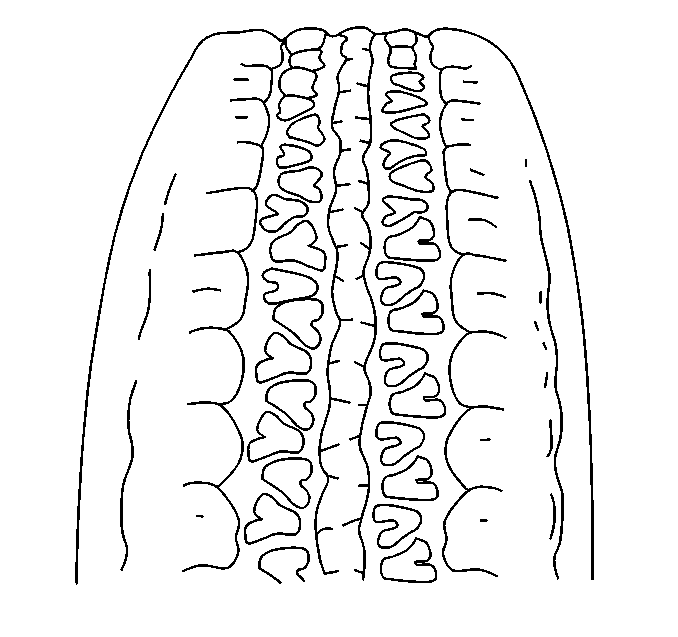
| • | Incorrect inflation pressure may cause irregular or premature tire wear. |
| • | Lack of regular rotation may cause irregular or premature tire
wear. |
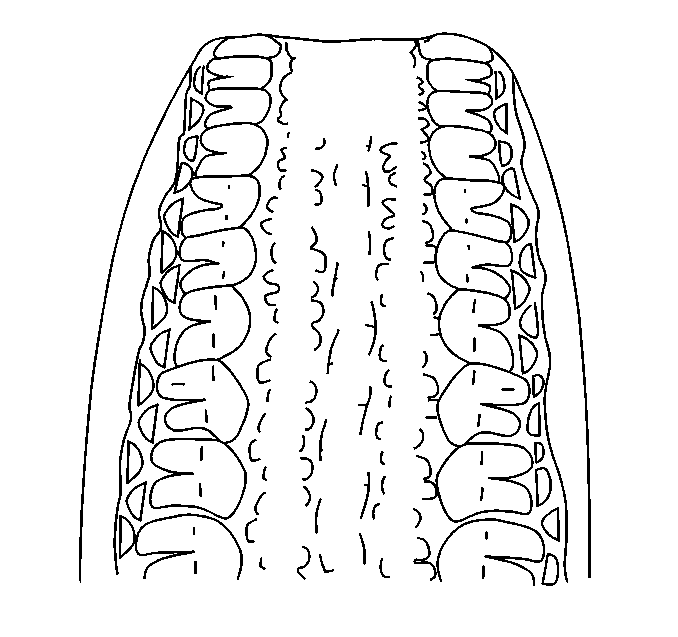
| • | Driving habits may cause
irregular or premature tire wear. |
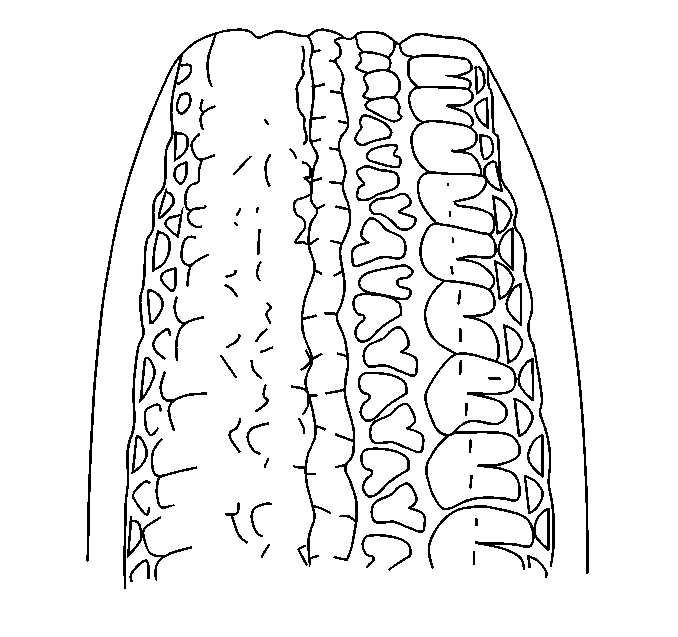
| • | Improper wheel alignment
may cause irregular or premature tire wear. |
Inspection Procedure
- Inspect the front tire wear and inspect the rear tire wear.
- Rotate the tires if any of the following is evident:
| • | Rotate the tires if uneven wear exists across the tread of any
tire. |
| • | Rotate the tires if the left side tire wear and the right side
tire wear is unequal. |
| • | Rotate the tires at scheduled maintenance interval. |
- Perform a wheel alignment if the following conditions are noted:
| • | Perform a wheel alignment if the left side and/or the right side
front tire wear is unequal. |
| • | Perform a wheel alignment if the wear is uneven across the tread
of the tire. |
| • | Perform a wheel alignment if the tire treads have a scuffed appearance
with feather like edges on one side of the tread ribs or blocks. |
Tread Wear Indicators
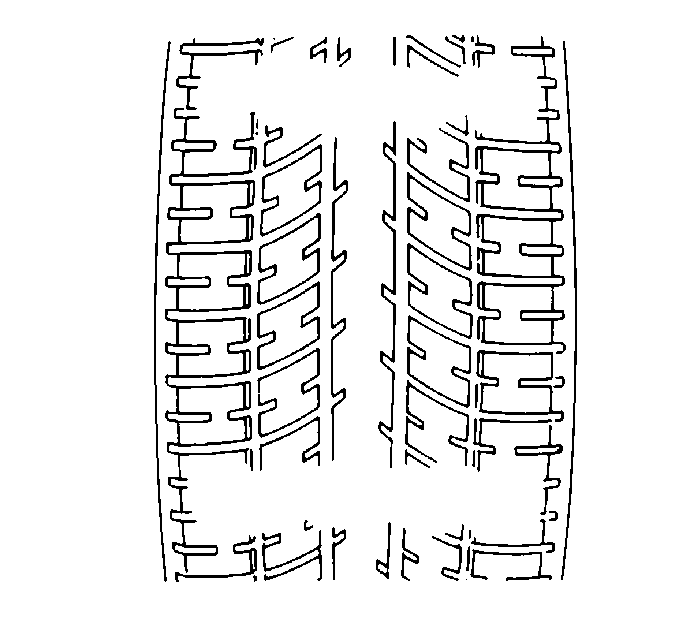
The original equipment
tires have built in tread wear indicators to show when the tires should be
replaced.
The location of these indicators are at 72 degree intervals around the
outer diameter of the tire. The indicators appear as a 6 mm (0.25 in)
wide band when the tire tread depth become 1.6 mm (2/32 in).
The Waddle Complaint
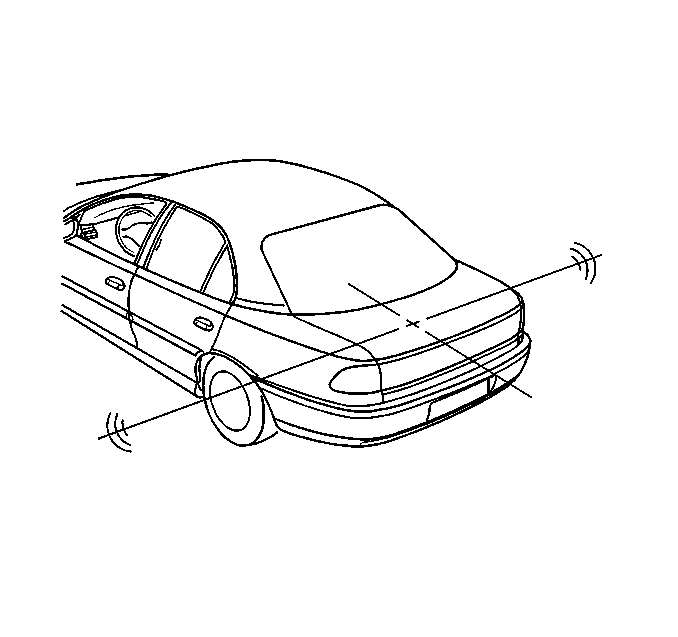
Tire waddle is side to side movement at the front of the vehicle and/or
the rear of the vehicle. It can be caused by a steel belt not being straight
within the tire (broken or shifted belt). It can be caused by excessive lateral
runout of the tire and/or excessive lateral runout of the wheel. It is most
noticeable at low speed of about 8 to 48 km/h (5 to 30 mph).
It may appear as ride roughness at 80 to 113 km/h (50 to 70 mph).
It may appear as a vibration at 80 to 113 km/h (50 to 70 mph).
Inspection Procedure
- Raise and support the vehicle. Refer to Lifting and Jacking the Vehicle
in General Information.
- Perform the following preliminary inspection:
| 2.1. | Wear gloves when inspecting the tires to protect against the possibility
of steel belts sticking through the tire. |
| 2.2. | Index mark the tire with a crayon to note the start stop position. |
| 2.3. | Rotate each tire and wheel by hand. |
| 2.4. | A broken or shifted belt will appear as a twist or a bump in the
tread. |
- Perform a runout check if the problem is not identified. Refer
to Tire and Wheel Runout Measurement
in General Information.
- Tire substitution may be used to identify the faulty tire. Perform
the following steps for tire substitution check:
| 4.1. | Use a comparable tire to replace each tire, one at a time. |
| 4.2. | Test drive the vehicle. |
| 4.3. | The problem will be eliminated when the faulty tire is removed
from the vehicle if the problem is tire and/or wheel related. |





